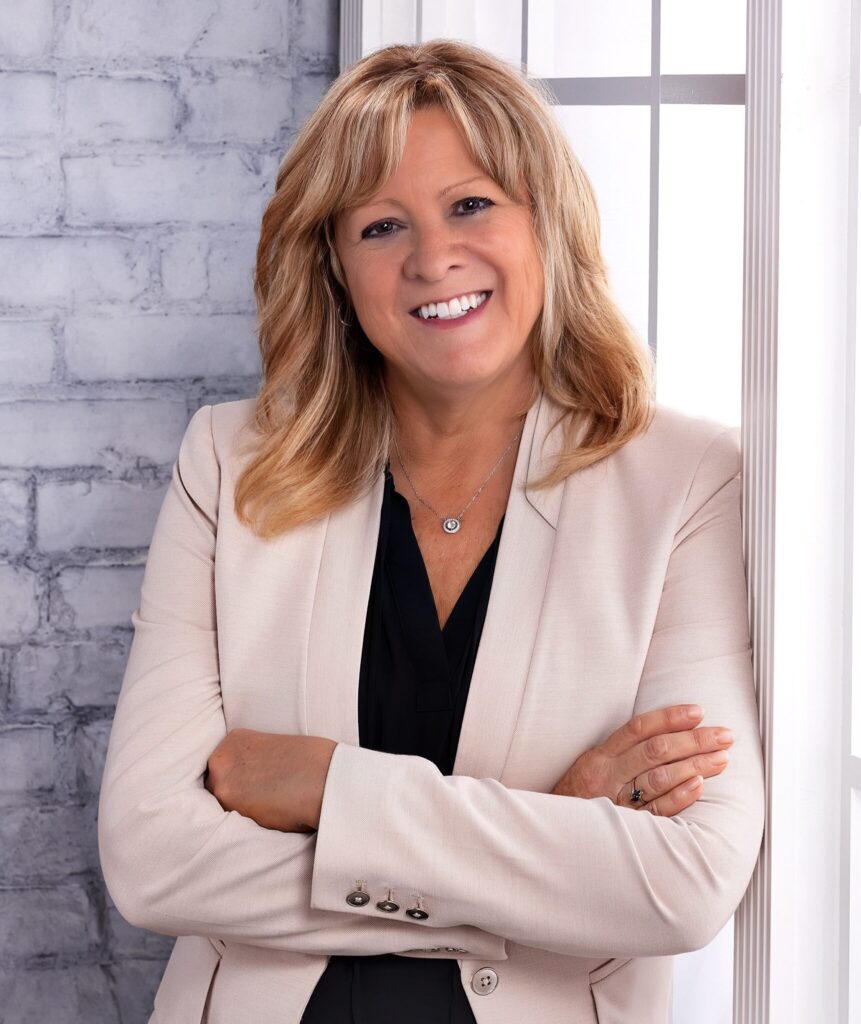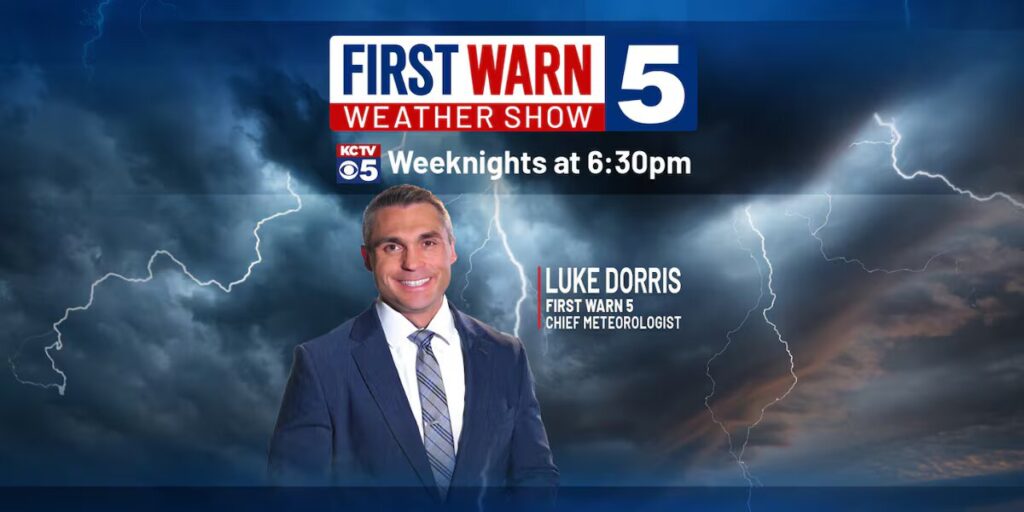The latest example of using social media to promote a show involves an interactive game that increased viewership of Psych by 10%.
2nd Screen Increases USA Network Viewing
Leading into the most recent season of the drama Psych, USA Network created an interactive murder mystery game that fans and curious viewers of the show could play before the season premiere aired. Each day, more storylines and clues were unveiled through USA’s website and on Facebook and Twitter.
When the show’s new season launched, the story dovetailed the interactive experience that ultimately drove people to watch the show. The results were impressive.
The show’s viewership increased 10% and 99% of the show’s fan base on Facebook said they tuned in to watch the premiere live or the next day. Additionally, 5% of the people who played the murder mystery on their desktop or tablet had never been exposed to the show before, but decided to start watching.
It’s just one example of how the second screen is affecting television.
In its simplest form, second screen refers to the companion device, such as a laptop, tablet or smartphone, that helps drive engagement and enhance the show-watching experience through social media, games, audience polls and contests.
On Tuesday at the International Consumer Electronics Show in Las Vegas, leaders from USA Network, LG, Shazam, Audible Magic and Rovi explained new second-screen consumer habits, and the potential revenue streams they create.
“For us, we want our viewers to go into the character’s lives and use the second screen as the core for that,” said Jesse Redniss, SVP of digital for USA Networks. “It’s all about creating a place for viewers to socially chat, check into their favorite shows, participate in polls — it’s a transmedia storytelling experience.”
What started as TV watchers tweeting their thoughts and opinions about a certain show or sharing a favorite quote on their Facebook account as the show airs has exploded into a phenomenon that includes dedicated apps, interactive reality show voting and even interactive graphical novels (Viewers can download a comic book that extends the storyline of USA Networks’ Burn Notice).
Now everyone from content owners to technologists to TV service providers are trying to leverage and monetize the trend. There are challenges, however. For starters, there isn’t a universal second screen application that viewers can download on their smartphone or tablet. “You’re not going to download an app for every show you watch,” said Redniss, adding he doesn’t believe such an app will ever come to fruition.
Apps like Shazam, which started as a tool to identify a song simply by listening to a few seconds of it, has expanded into a second screen opportunity for advertisers. Pepsi, Best Buy and Ford commercials have all been “Shazam-ified” in the past year, meaning the app’s logo appears in the bottom right-hand corner of the screen, signaling users to whip out their phones, click on the app and have it listen for three seconds. In return, they get extra content to consume and those advertisers receive some extra screen time.
“The problem with specific apps is that you have to spend millions of dollars trying to promote it,” said David Jones, Shazam’s VP of marketing. “Shazam is on so many phones for music, so it’s not a huge leap to use it with TV to get millions of people engaging.”
As the second screen trend continues to grow, though, the question that will certainly arise is: Who owns that experience?
Vance Ikezoye, founder and CEO of Audible Magic, a California-based firm that specializes in monetizing, protecting, measuring and verifying content in all forms, including radio and television broadcasts, says whoever owns the inventory on the second screen — specifically, the producers — owns the experience. But he expects all other business segments involved to fight for a share of the pie.
“Everyone’s playing a game of chicken right now,” Ikezoye said. “There’s going to be a food fight, or something worse, coming in the future with TV service providers, content owners, manufacturers, app developers… everyone.”
























Comments (1)
Ida Anderson says:
January 9, 2013 at 11:19 am
Based on Nielsen Live plus 7 day ratings, viewing to new episodes of Psych season 6 (the season being discussed above) was 2% lower than season 5 (4.46 million viewers 2+ versus 4.55 million).
I’m no David Poltrack, so I’ll just call “Nonsense.”